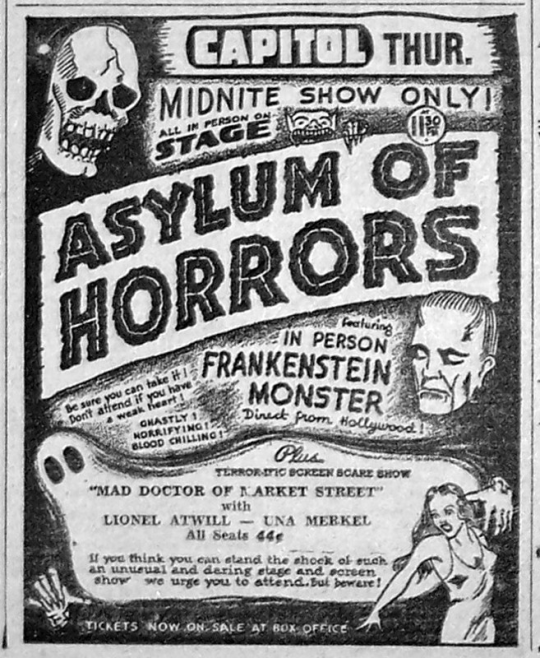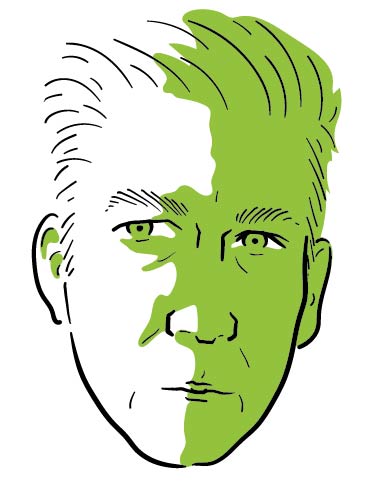
Jim Knipfel on Dr. Silkini’s Asylum of Horrors
Around the turn of the Twentieth century, the American public’s desperate, insatiable fascination with spiritualism and its promise of communication with dead family members made it a golden era for self-proclaimed clairvoyants, mystics, mediums, and charlatans of all stripes. All a so-called spiritualist had to do was hang a shingle outside his parlor door and the suckers would line up down the street, just waiting to be plucked. Following the death of his mother, Harry Houdini found even he was not immune to the hysteria. Having both hopes and serious doubts, he approached the spirit world scientifically, undertaking (along with Arthur Conan Doyle, among others) an investigation into the claims of the supposed mystics.
Houdini attended a seance in 1921 where, like everybody else sitting around the table, he saw apparitions materialize, objects levitate without any human intervention, and heard otherworldly noises. Being Houdini, however, it didn’t take him long to recognize what he was witnessing were not actual ectoplasmic manifestations from the other side, but a collection of cheap magic tricks, and tired ones at that. These were tricks no serious professional magician in his right mind would use anymore for fear of being laughed off the stage. But with an audience already primed and eager to believe that what they were seeing was real, these dusty old gaffes worked like a charm, and the sad rubes were willing to fork over their life savings to see more. From that point on Houdini made a second career of traveling the country, debunking these spiritual frauds one after another.
Appropriately enough, Houdini died on October 31st, 1926, and in the years that followed the vaudeville that helped spread his fame was beginning to fade with the arrival of talkies and radio. All those thousands of magicians who’d been working the circuit steadily for years suddenly found themselves wondering what the hell to do next. There wasn’t much call for magic on the radio, and the movies were still magic enough in themselves that some card tricks and silk handkerchief gags weren’t going to cut it. They needed to find a new way to ply their trade.
In 1929, a stage magician named Elwin-Charles Peck (who performed as El-Wyn) came up with an act that was at once very new and very old. After all the other acts at the theater went home for the night, he put on another show. El-Wyn’s Midnite Spook Party opened with El-Wyn explaining to the audience that he was in contact with the spirit world, warning them to be prepared to see some strange, even terrifying things over the course of the next hour. He then did...
You have reached your article limit
Sign up for a digital subscription and continue reading all new issues, plus our entire archives, for just $1.50/month.
Already a subscriber? Sign in





